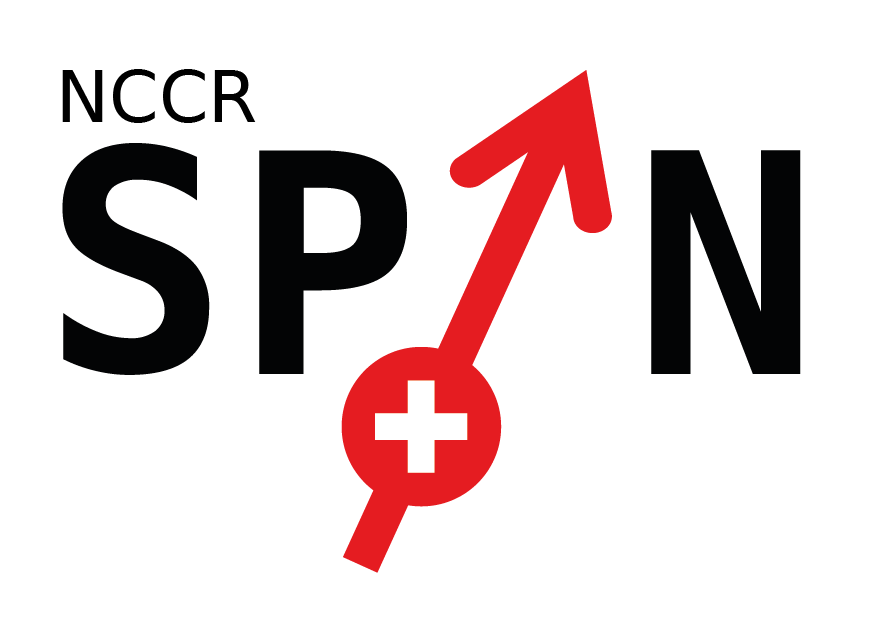
Projects
Project Q
Qubits
The goal of project Q is to implement high-quality electron and hole spin qubits in silicon and germanium. Detailed studies of the involved spin states, energy levels, and the sources and effects of noise shall result in an optimized qubit performance and ensure reproducibility. Suitable nanomagnets lead to position-dependent magnetic fields. These provide a possibility to manipulate the electron's spin by changing its position electrically, thus performing qubit operations by electrical means.
Project A
Architecture
Upscaling to a large qubit count is crucial for a quantum computer of practical use. Therefore, project A addresses questions on the architecture. For instance, we study cryogenic control electronics, multi-qubit operations, and methods to perform quantum logic gates between qubits which are located far apart. Software-related topics, such as algorithms and quantum error correction, also play a central role.


